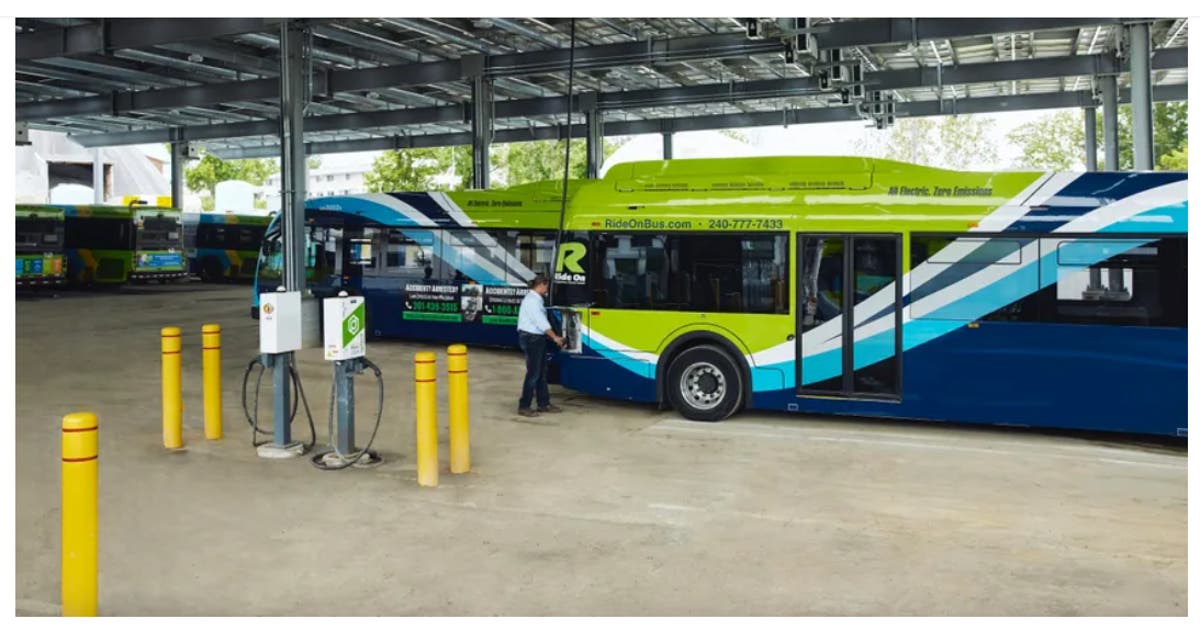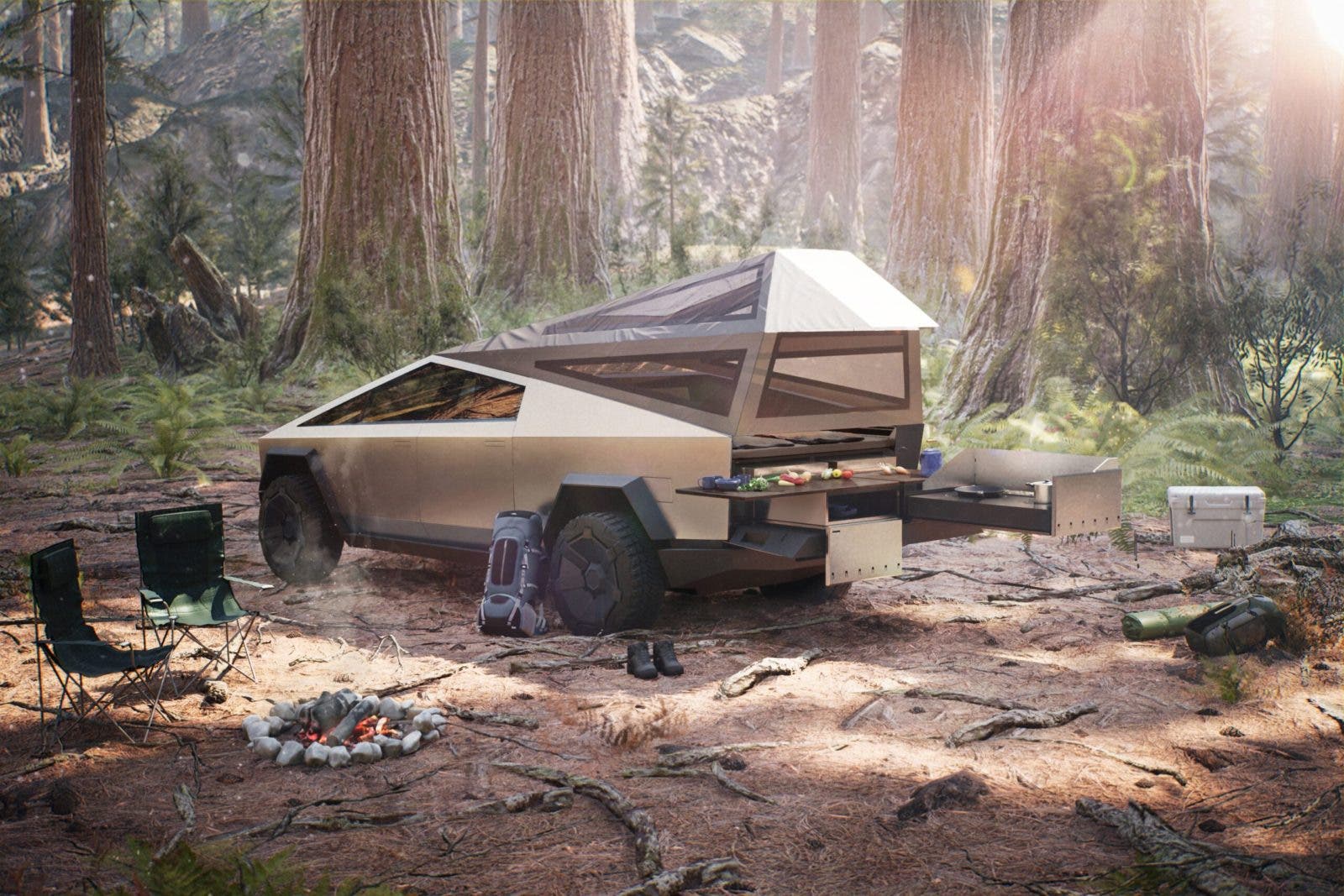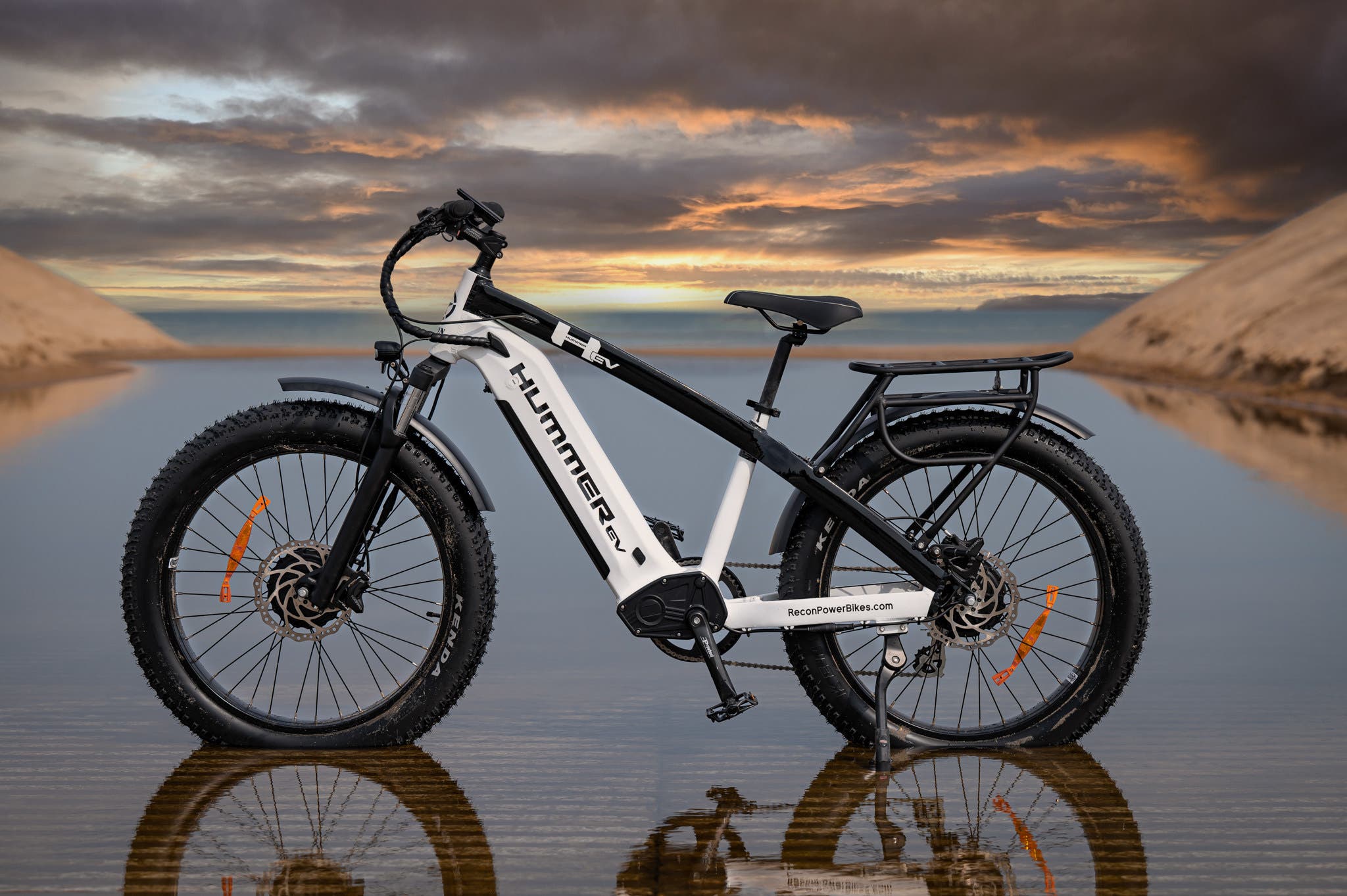As part of its 2022 Electromobility Summit, Volvo Trucks North America invited clients, partners, and the media to its customer center in Dublin, Virginia. They gave a presentation on the work they have already accomplished to lead the electrification of the heavy trucking industry and outlined a promising future for electric mobility at Volvo Trucks.
The Volvo VNR, a Class 8 semi truck with the same appearance and feel as its predecessors to make it easy for drivers to jump in, is the centerpiece of Volvo Trucks’ operations in North America. Under the hood, however, is a powerful completely electric motor and battery system. We had the good fortune to be able to there, where we got to spend some time driving the VNR, consult with Volvo experts, and discover the exciting future of Volvo’s line of heavy-duty trucks. Volvo Trucks is increasing manufacturing to meet the increased orders coming in from clients as they try to grow electrification efforts beyond initial trials, even though many VNRs are currently in use in actual fleets across North America.
Disclaimer: The author’s lodging and travel expenses to this event were covered by Volvo Trucks.
LOADED WITH VARIETY The 150-mile range of the Volvo VNR Electric ‘s first version was sufficient for early clients to get them on the road for early pilots and related testing. With a range of 275 miles on a single charge, the new second generation greatly increases the range. The completely electric heavy duty Volvo VNR can electrify more routes for more carriers across North America as its range is extended, making it greater more capable.
On the other hand, increasing range purely for the purpose of increasing range causes the vehicle to gain superfluous weight, which reduces the amount of cargo it can transport. Volvo Trucks packaged their batteries into 94kWh battery packs for increased flexibility to fulfill the needs of the customer in order to create trucks that really nail the sweet spot between range, capacity, and affordability. Given that customer needs vary greatly depending on the application, Volvo Trucks offers this flexibility with a 4-pack and 6-pack configuration, with a range of 150 miles and 275 miles, respectively. This flexibility allows Volvo Trucks to optimize capital investment.
Four battery packs are housed in pairs on either side of the chassis in the base vehicle layout. This arrangement keeps the batteries’ principal bulk low and gives the car a solid foundation. With the addition of two extra battery packs installed above the frame where they butt up against the truck’s cab, a six pack configuration increases the range by 50%. With a glycol thermal management system that can heat or cool the batteries to maintain top performance independent of the surrounding temperature, Volvo keeps the batteries in their happy spot.
Volvo Trucks is offering its electric powertrains as part of the overall experience that customers have grown to know and love. The VNR does not include a third pedal, a yoke in place of the steering wheel, or a large touch screen that houses all the functions. The transition to an electric power train is similar to what drivers are used to, minimizing changes. A two speed automatic transmission has taken the place of the previous manual transmission and automatically switches between the low and high torque gear to move the car.
THE POSSIBLE PROBLEMS WITH CHARGING Volvo trucks anticipates that 80% of all vehicle charging will take place in a centralized depot, whether it be overnight or in between shifts or trips. Even if the quantity is a little smaller, this is about what we would anticipate in the residential space of passenger automobiles. This is hardly surprising considering that large trucks spend a lot more time on the road than passenger vehicles, which are only driven 4-5% of the time.
Public fast charging networks are being developed in fits and spurts, much like in the passenger vehicle sector. A cooperation between Volvo trucks and the new Electrified Charging Corridor Project in California was just just revealed. This network set up an interconnected network of public fast charging locations utilizing the CCS1 heavy duty vehicle standard. It is intended to measure demand for longer-haul fast charging for heavy-duty vehicles and to set up the necessary infrastructure for early adopters. It will be accessible to any carrier.
Although there is currently no official standard for DC rapid charging for large trucks, Volvo is advancing with the CCS1 DC standard in the US. We can take a cue from what Volvo has done in Europe when it comes to directly funding the installation of new public DC fast charging stations. In order to serve fleets all over the pan-European region, Volvo collaborated with rival companies and non-profit organizations to build a public charging network.
Although there is currently no such organisation, early efforts are being undertaken to support early adopters along vital corridors like the network in California that was previously highlighted. It’s undoubtedly a case of the chicken or the egg, but given the abundance of local and regional trucking routes completed without the need for public fast charging, Volvo is moving into these earlier markets and going after the easy prey in an effort to establish an early sales advantage, inform customers, and gain support for fully electric heavy duty trucks in North America.
ESTABLISHED CHARGERS Volvo Trucks has upped its game by introducing its own internal fast charging station testing and validation team to better assist clients when choosing a fast charger for their depots. To assess station dependability, quality, and compatibility, they put new fast chargers through a series of tests. In order to qualify for financing through Volvo Trucks at the time of purchasing a fully electric truck, chargers must pass the tests in order to make it into the company’s short list of preferred fast chargers.
There are “slow” DC fast chargers at 50kW and below as well as 350kW stations available. Slower chargers cost less but take longer to fully charge the automobiles. Quicker chargers offer substantially faster charging speeds but can cost hundreds of thousands of dollars to purchase and install. Volvo Trucks can provide the best solution to satisfy their clients’ present demands while keeping an eye on the future by having a thorough understanding of all the charging choices available.
The second-generation VNR from Volvo Trucks can currently use a CCS1 fast charger to charge at up to 250kW. For a VNR with a 4 module pack, this corresponds to 50–60 minutes of charging time to move from a 20–80% level of charge (376 kWh total). The lengthier 6-module pack VNR takes about 90 minutes to charge from 20% to 80% of its capacity. As with any technology, charging speeds normally rise as the price of charging stations and the labor required for installation decreases over time.
In light of this, Volvo Trucks’ knowledge in the field of charging is vital to its clients since it enables them to develop the most complete solution possible to fulfill their demands both now and in the future. Having a partner that can assist in planning not only the timeframe for truck purchases, but also the cost and scheduling of chargers and related infrastructure makes the entire process much easier. Fleet managers are increasingly making plans to convert their fleets to 100% electric.
A PATHWAY TO TRUCKING WITH ZERO EMISSIONS It is clear from the advancements achieved by Volvo trucks in North America and Europe that Volvo is on track to take control of the completely electric heavy duty trucking market in the near future. Throughout our time with him, Volvo trucks CEO Peter Voorhoeve repeated several times why his company is pushing for this change, with the environment being the primary motivation. The earth must be preserved as a habitable place for future generations, and Volvo is taking that missional responsibility extremely seriously.
Of course, there are financial rewards to be had as well, and taking the early lead in the market for fully electric heavy trucks positions the company to be the most well-established player when its existing and prospective partners decide to electrify their fleets.
It’s electric in the future. Today is the future. Heavy-duty electric trucks from Volvo are available for driving and buying right now and are prepared to log the mileage for arriving transit firms. It’s a stunning leap toward a time when solar energy from the sun can power low-nose trucks with no emissions. Volvo has created an ecosystem of services, including financing, servicing, insurance, charging, and everything in between, which eliminates the need for customers to electrify their fleets outside of Volvo’s lucrative ecosystem.
Like the uniqueness and cleantech news coverage of CleanTechnica? Consider becoming an Patreon patron or a CleanTechnica member, supporter, technician, or ambassador. Don’t miss a cleantech story, will ya? Subscribe to daily news updates from CleanTechnica by email. Or follow us on Google News Want to advertise with CleanTechnica, send us a tip, or propose a speaker for our podcast CleanTech Talk? You can reach us here.







